What is DIN?
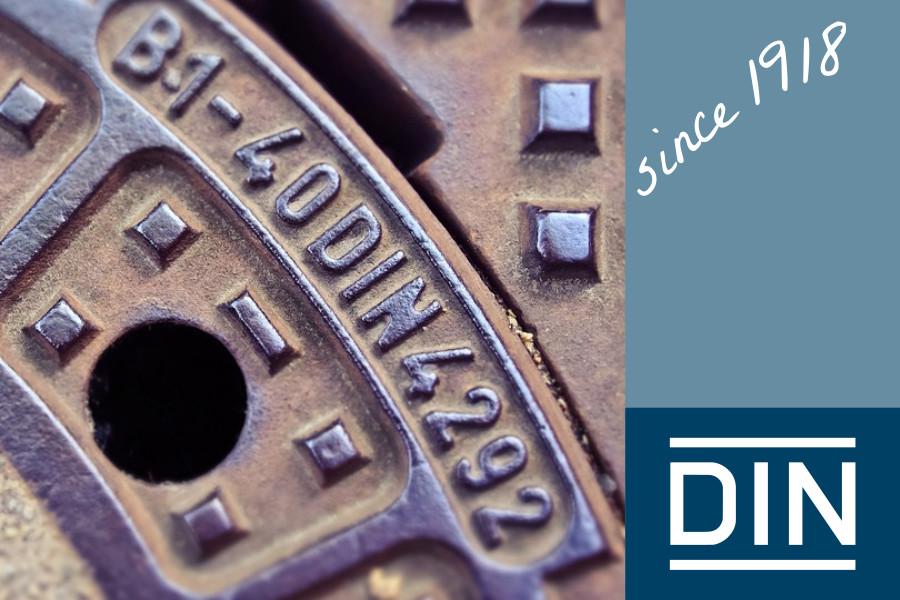
What does DIN mean?
DIN is the abbreviation for "Deutsches Institut für Normung", which means German Institute for Standardization.
Why standards? – Some history ...
A4 paper fits into every printer and a M8 screw fits any M8 nut. What seems obvious today was not so much the case more than 100 years ago. At that time most manufacturers had their own independent standards and sizes for components such as screws on pins. When the German army had to source pins for the famous machine gun "08/15" during the 1st world war the parts supplied by different makers often did not fit. As a result DIN was founded in 1917, this means more than 100 years ago.
The first "DIN 1"
DIN number 1 actually exists! On March 1st, 1918 the first standard was published as DI Norm 1 for taper pins (see below):
In the beginning DIN was focussing on machine parts and tools.
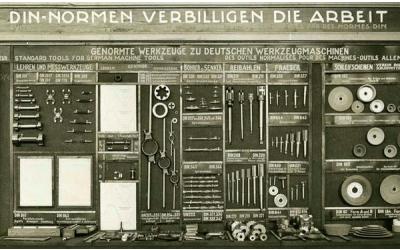
But soon the field for DIN standards was enlarged. For example in the year 1922 the DIN A4 paper size standard was created − the paper size which is used today in most of the world.
34,265 standards – Some examples
In the year 2018 the number of DIN standards had grown to a total of 34,265. DIN standards now cover a wide range of fields - here are some examples:
 Paper sizes
Paper sizesDIN 476
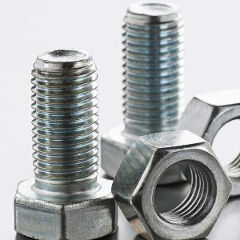 Hexagon bolts
Hexagon boltsDIN 933
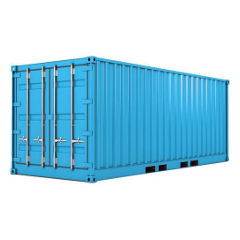 Container
ContainerDIN 15190
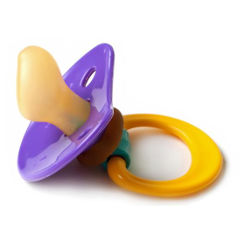 Baby soother
Baby sootherDIN EN 1400
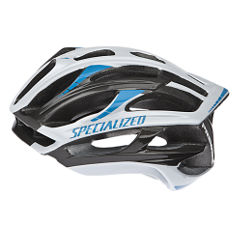 Bicycle helmet
Bicycle helmetDIN EN 1078
 Cyber security
Cyber securityDIN EN ISO 27001
DIN-standards cover technical fields from screws to shipping containers, but also non-technical fields such as baby soothers, bicycle helmets or even network cyber security. Assuring safety is an important aspect. For example baby soothers made accoring to DIN EN 1400 have to have holes to avoid Suffocation if the soother is swallowed by the child.
Examples for tool standards
Here are some of the tools standards for tools, which can find in our webshop:
DIN 3110 – Double open-end wrench keys
DIN 3113 – Combination wrench keys
DIN 838 – Double-ended ring deep crank head wrench keys
Links:
- https://www.din.de/
- Wikipedia.org – ドイツ工業規格
Questions & answers:
Q: Are DIN-standards binding by law?
A: No, they are recommendations and are regularely adapted and exceeded
DIN-standards are recommendations and there is no need for tool makers to follow them stricktly. In fact many makers exceed the requirements defined in the standards such as for example reducing the allowed tolerances. Sometimes they improve the products by using better steels to make the tools slimmer and lighter which improves accessibility and handling.
0 Comment
Leave a Comment
Your email address will not be published. Required fields are marked *


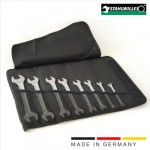
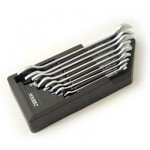
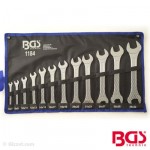
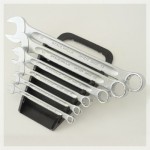
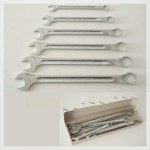
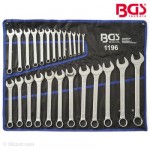
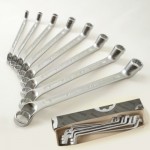
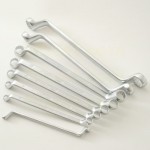
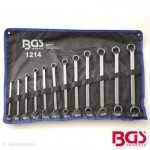










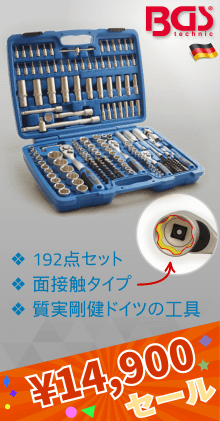
![[ Stahlwille ]](https://gizzet.com/en/media/wysiwyg/banners/stahlwille_aerospace_A01_en.png)




